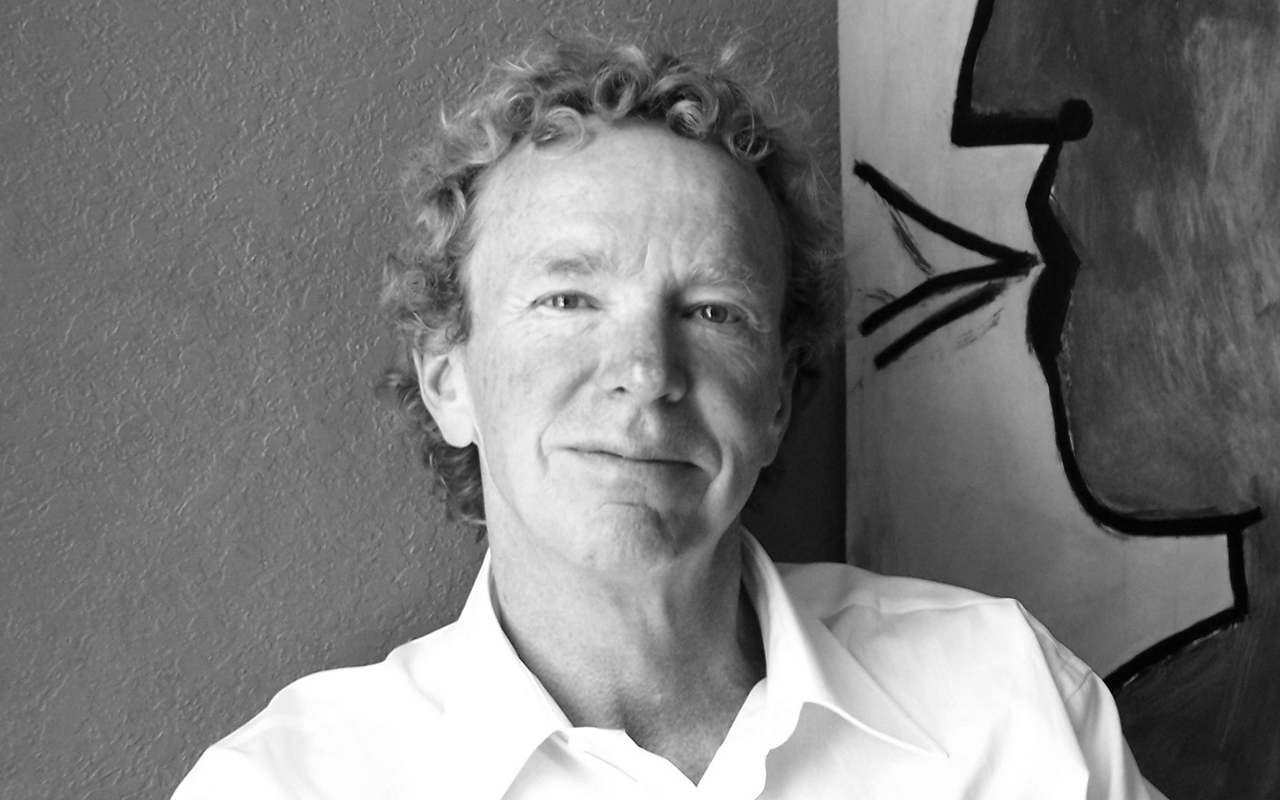
John Gilbreath photo by Bill Uznay
Thank you all for another fantastic Earshot Jazz Festival. This year’s program was one of our most ambitious yet, showcasing varied aspects of the ever-expanding universe that is barely contained under the wide umbrella of the word jazz.
The music in this year’s festival was spectacular, without exception – whether it came from Amsterdam or Mongolia, New York or Cuba. And especially when it came from Seattle. The more that Seattle artists are presented alongside creative musicians from around the world, the more we realize what a treasury of jazz we can call our own.
But in Seattle, as around the country, jazz is almost becoming a study in supply-side economics. The creative center of the art form, enriched by an increased supply of talented and well-educated young musicians, at times seems ready to overpower the existing demand for the music. No one knows this better than the artists. Gigs are fewer and further between, and the pay is getting worse, rather than better – and Seattle’s jazz scene is generally considered better than those of most American cities.
The house of jazz does not stand neatly at the intersection of Art and Commerce. It is well up Art Street, a good distance from Commerce.
We absolutely don’t expect jazz artists to modify their creative output so that it can appeal to a wider, popular audience. Jazz touches people on its own terms. That’s why we love it. The masters of this art form have traditionally turned away from popular appeal, rather than toward it. Of course, we’re always looking to engage new audiences. I hope that search applies to every artist, consumer and industry professional out there.
Earshot Jazz is an arts organization. Having presented one of the country’s most ambitious creative jazz festivals for 24 years, we understand how to manage the tension between commercial possibility and artistic integrity. And we understand the need to place the long-term creative health of the art form ahead of its short-term financial success. We believe this happens through support of jazz education programs, providing performance opportunities for student and emerging artists, building an infrastructure to support our own resident artists, and creating an environment that values creative expression and progression in the art of jazz.
We invite you to join us!
– John Gilbreath